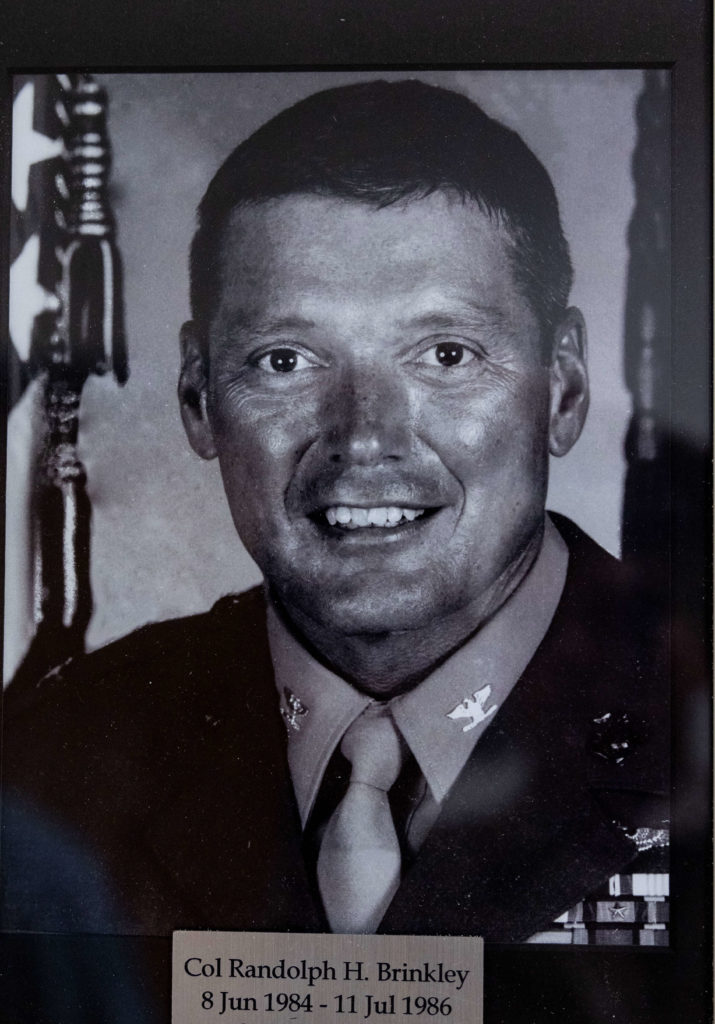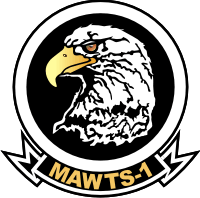Turning Training into New Combat Capabilities
We did a follow up interview with Randy Brinkley on November 17, 2023 to focus on how MAWTS training turned into new combat capabilities which were significant game changers.
The first example was working with Night Vision Googles with the rotorcraft force which led to success in the Gulf War as they Marines successfully prosecuted Iraqi forces using this combat advantage capability. Without introducing them at MAWTS and training with the evolving NVG capabilities, the Marines would have to do it the Vietnam War way, seat of the pants combat learning.
Dragon underscored that with the failure of the desert one operation in Iran, there was real concern to avoid another high-risk operation like that one. This meant that there was pressure to attenuate rotorcraft operational experimentation and preparation for another force insertion operation of the sort that would actually happen more than a decade later in Iraq.
But when Col. Jake Vermilyea, a helicopter pilot, came to MAWTS, first as the XO to Col Butcher and then as the CO of MAWTS-1 (1982-1984), he pushed the envelope on nap of the earth training using NVGs. The DCA at the time was LtGen William Fitch was who did not support at MAWTS at the outset of his time as DCA but during his time he participated in WTIs and saw the key role which MAWTS was playing for MAGTF integration.
In fact, if you look at Fitch’s oral history you can see his attitude when he was CO 1st MAW.
“Yes, MAG-36 was a helicopter group. One of the weak links that I found was the WTIs, the Weapons Tactics Instructors. In those days they had an air of arrogance about them. And while we had – this was the early days of WTI – we would have WTI instructors who kind of thought they were supermen.”
But then later he clearly had changed his mind as reflected in this comment in his oral history.
“MAWTU would go out of business after MAWTS came into being at Yuma. MAWTU kind of did its own thing, they got their students in and did the various and sundry kind of training that they needed to do. Of course, MAWTU had an officer in charge and it was his job to train those students that were assigned to his school.
“But in the case of MAWTS, that was probably one of the smartest moves Marine aviation ever did and it’s been the picture book testimonial to having that kind of a structure for training.
“And I was talking to John Cox the other day, who was the former CG of 3rd Wing, and he was talking about – in fact it was at the Commandant’s reception here last Friday night – he was commenting about how many MAWTS commanders had made brigadier general and there are only two or three that haven’t made brigadier out of that job.”

Dragon commented: “His support was a key turning point in USMC emphasis on training for nap of the earth and NVG training. The training was then included in the WTI syllabus and training was now pursued in the standardized way in which we have pursued air combat training and across the Fleet Marine Force.”
The second example he gave was of training for low altitude tactics. He made the point that the Marines are the ultimate scavengers and look wherever they can to gain a combat edge. In this case, it was MAWTS looking to the Tucson Air National Guard.
He noted: “I went over to the 174 Tactical Fighter Training Group in Tucson which consisted of F-100 pilots who had flown during the Vietnam War and had extensive experience with low altitude tactics. They focused on attacking an integrated air defense system by going low on the egress but fly high when in the target area where you would deliver your weapons and avoid small arms fire in the target area. They had 1000s of hours of flying at 100 feet and we learned a lot from them, and which led to success in the Gulf War.”
The third example was working with foreign militaries to learn tactics which advanced how the Marines could be more effective and successfully. The example he provided was of Secretary Lehman setting up an exchange program with the IAF.
As Dragon commented: “The Israelis then sent a fixed wing and rotary wing student to a WTI course, which we changed the syllabus to reflect the proper security level. The IAF A-4/F-15 pilot shared with us the planning and tactics employed in attacking a target protected by an integrated air defense system and the rationale for those tactics. Among other things the IAF attendees also shared with us how they used their UAVs to push video into their Cobras and F-15s. When Lehman decided that the Navy would procure Pioneer UAVs, the MAWTs experience was important.
“The IAF WTI attendees also reinforced from their combat experience what we were learning from the 174th, namely fly in low on egress but fly high when delivering your weapons.” We certainly subsequently benefitted from that knowledge and experience during Desert Storm combat operations.
He concluded: “By participating in MAWTS, Marine Corps officers learned how to work combat integration and employment in support of the MAGTF. You must have your C2, and your logistics planned and fully integrated to be successful and you exercise that in the WTI FINEXs. Learning in an integrated environment and the warfighters level, that is the focus and overall objective of MAWTS.”

